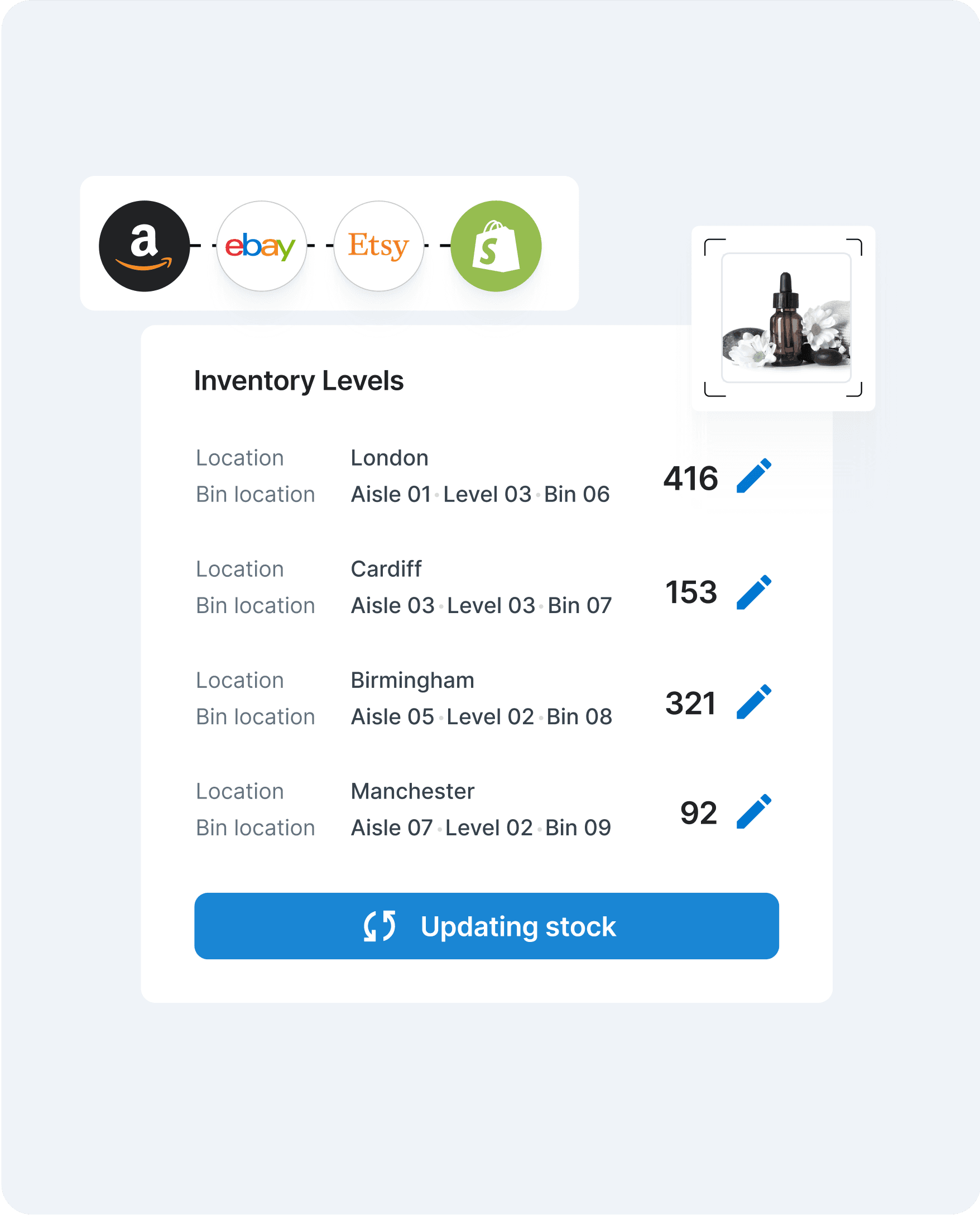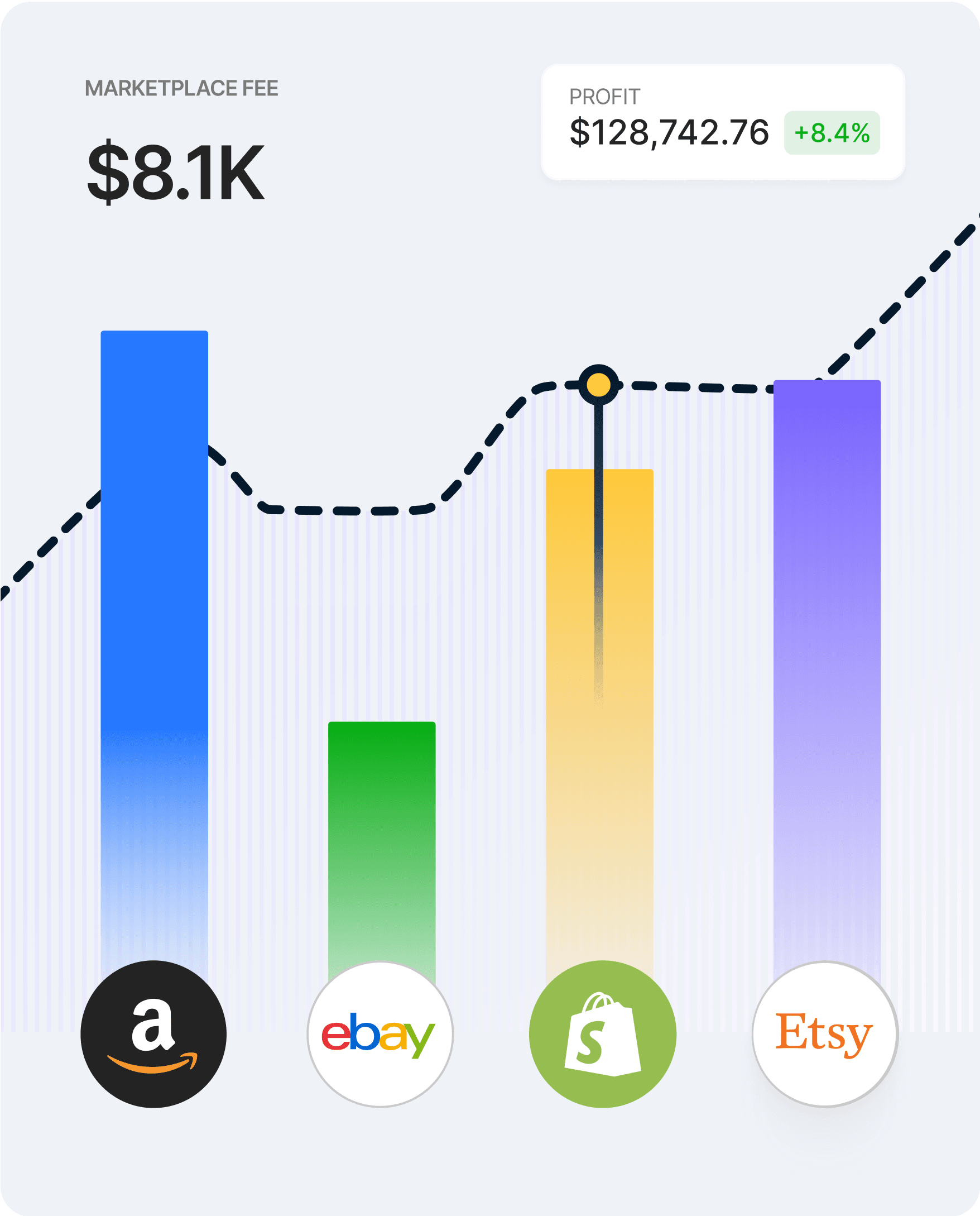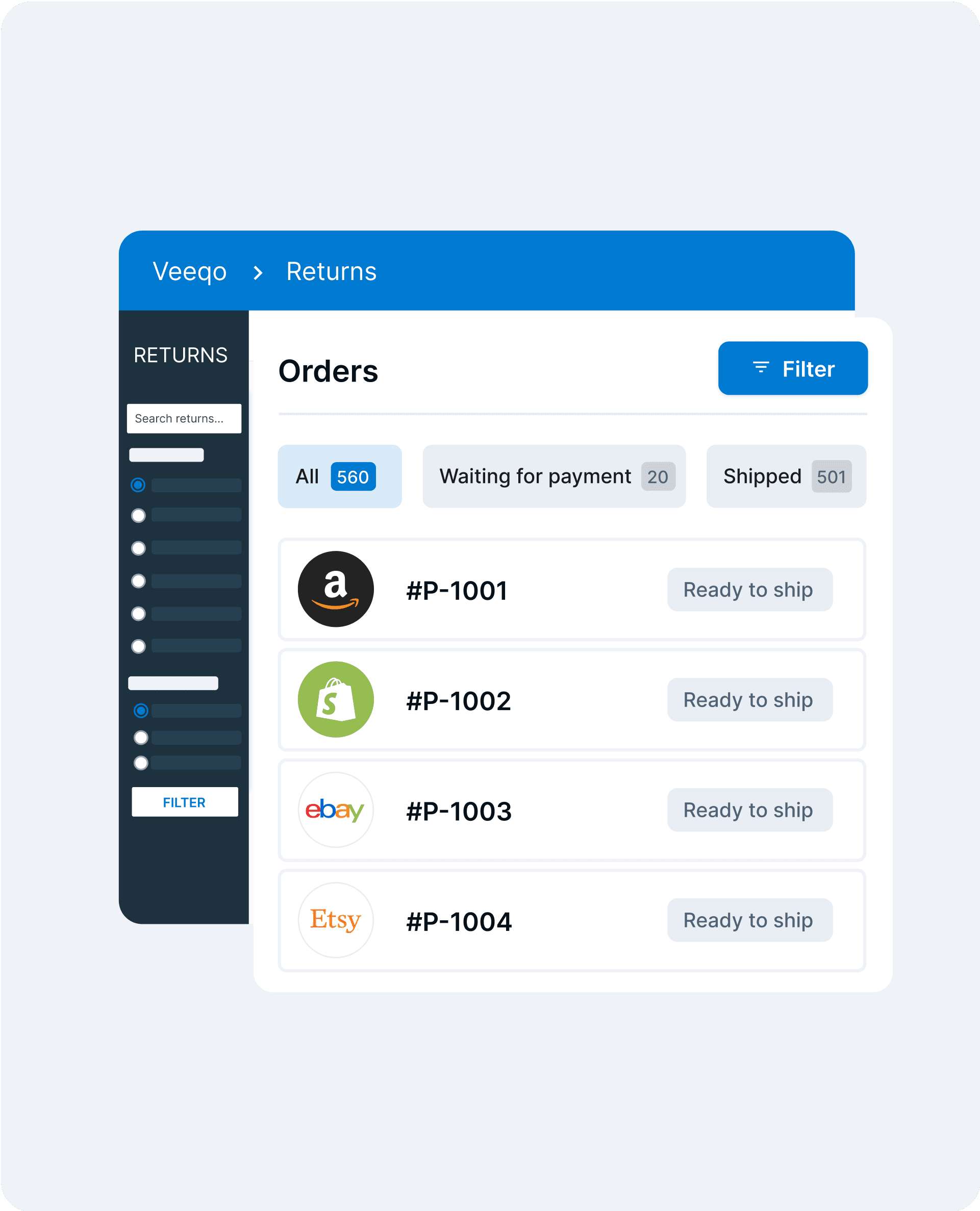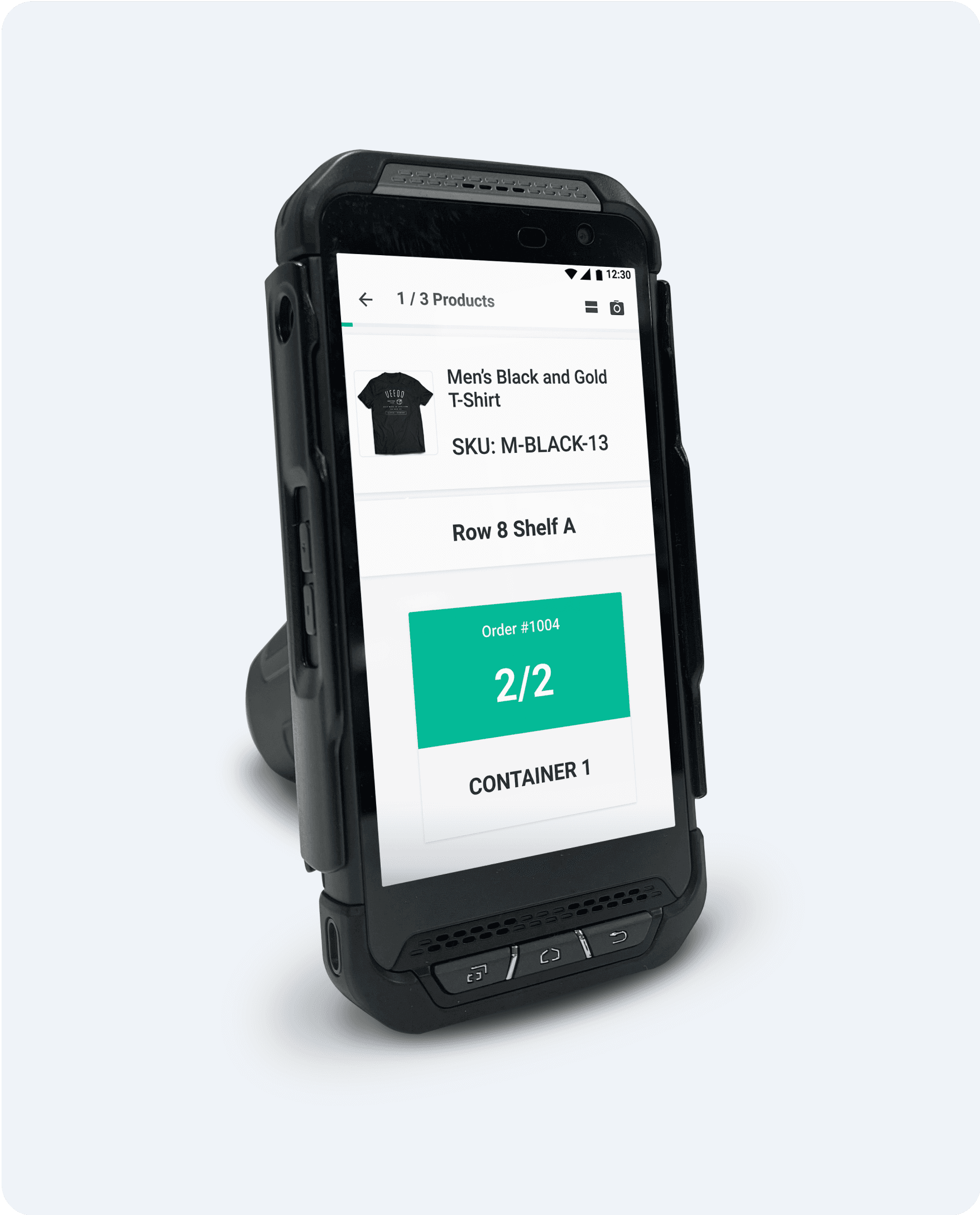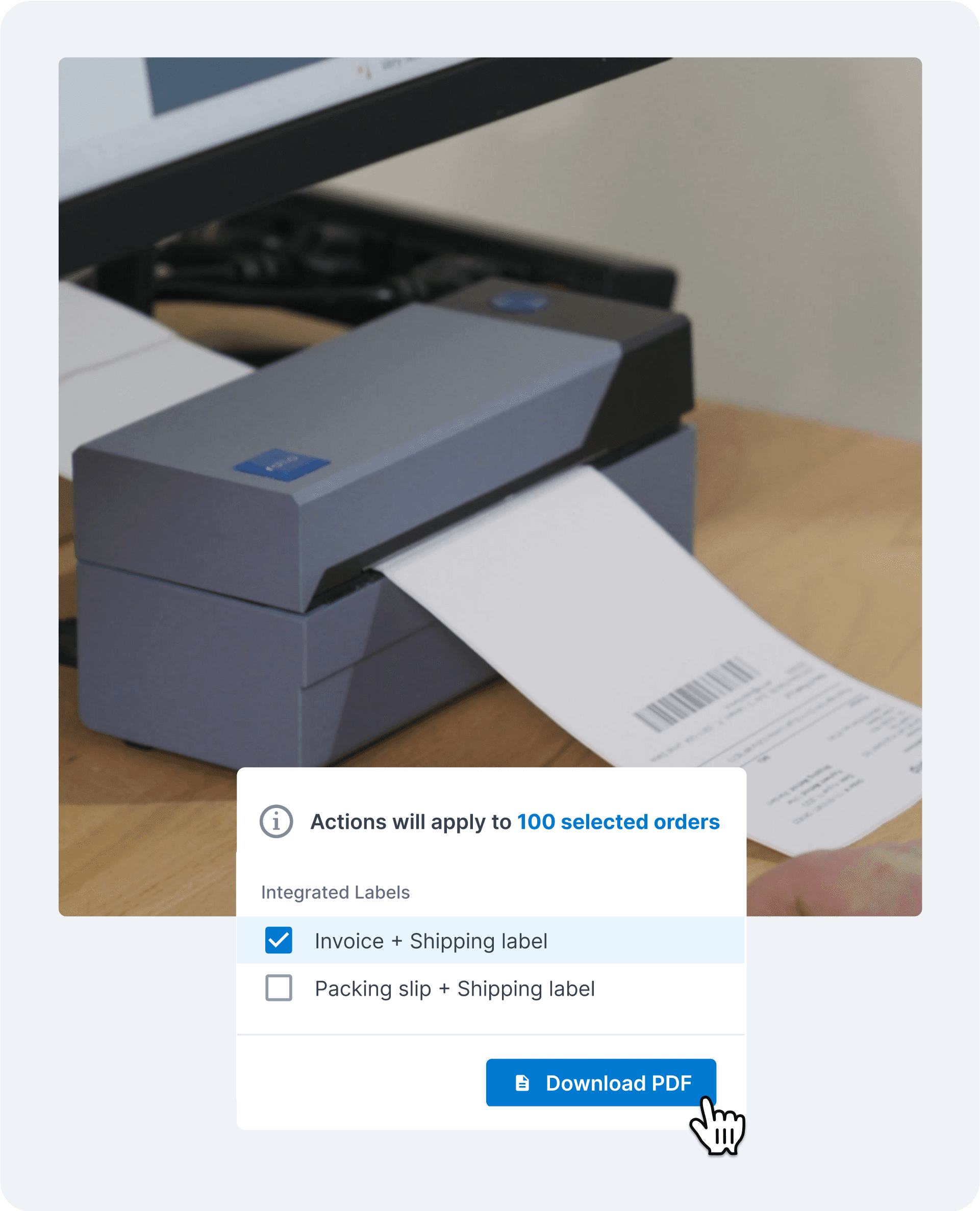Amazon’s Free Shipping and Inventory Management Software
Pick and ship your orders for less with a suite of powerful inventory management, shipping, reporting and forecasting tools - completely free to use with no monthly fees.
No monthly cost, completely free to use
Join over 50,000 sellers who are saving on shipping.

Integrates with




VEEQO PROFIT ANALYZER
Free profit analytics
for your ecommerce channels
Veeqo profit analyzer is the simple way to unify your sales, revenue fees, COGS, and ad spend data in one tool.Analyze profits from Amazon FBA, Amazon FBM, eBay, Shopify and more all in one dashboard.
Enterprise-level software
without the price tag
Service
No. Shipments
No. Users
£ Cost
Unlimited
shipments per month
Unlimited
users
£0.00
per month
ShipStation
10,000
shipments per month
10
users
£175
per month
Channel Grabber
10,000
shipments per month
5
users
£249
per month
Shiphero
Unlimited
shipments per month
5
users
£1500
per month
£0.00pm
Unlimited shipments per month
Unlimited users
Pricing information sourced from https://www.shipstation.com/pricing/, https://channelgrabber.com/pricing/, https://shiphero.com/software/pricing. Last updated November 2023.
One decision for your business
that’s a no brainer

"I had been a Linnworks user for over 10 years till I was forced to switch to Veeqo in Jan 2023 because their price has quadrupled to over £15K in the past 2 years"
"Veeqo's inventory management interface gives you a product's stock status at different warehouses at a glance, as well as orders with that product, and purchase orders with suppliers. It is quite hard to gather that information in Linnworks, and even if you managed to master the tricks it will still take a lot more time."
Paul Zhu | January 26, 2023 | Read it all on Trustpilot.com
The scanner behind millions of Amazon packages: Enterprise level tech for your business
Pick your orders with the same powerful warehouse scanner used to help fulfill millions of orders in Amazon Fulfillment Centres.

Parcel delivery your customers already trust
Amazon Shipping offers a parcel delivery solution to retailers and Amazon selling partners for orders placed on your own website, Amazon.co.uk, and more. Take advantage of their technology-driven logistics network to access fast and reliable delivery from your warehouse to your customers.
Competitive rates: get bespoke rates based on your shipping volume.
Hassle-free claims: access our online claims centre, for quick resolutions.
Range of delivery speeds: to suit your business, including Next-Day and Two-Day delivery* options.
Reliable logistics network: get Amazon's innovation working for your business.
*Available within network coverage areas.
4.6 stars
on G2.com
Loved by thousands of sellers just like you.
4.6 stars on G2.com






